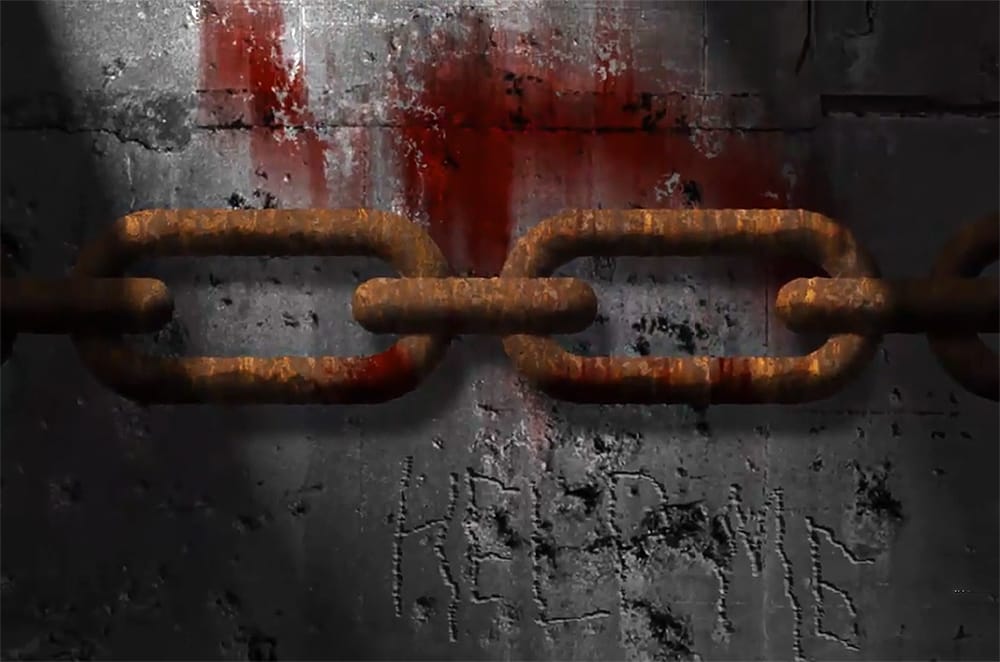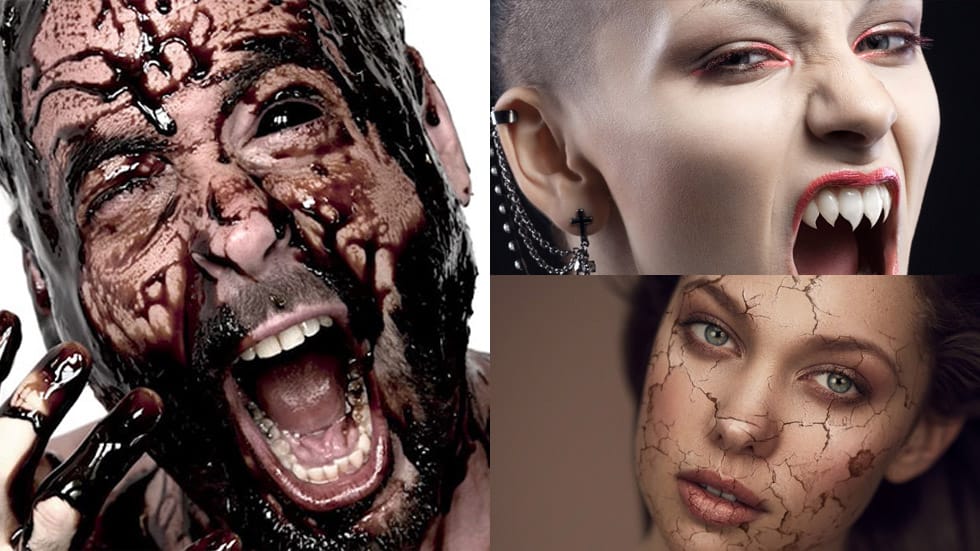Horror design demands precision and creativity. This Photoshop tutorial transforms an ordinary wall into a chilling backdrop, using texture, color, and strategic layering to craft a terrifying visual experience.
Watch the Tutorial
Practical Tips for Horror Wall Design
Master the art of creating haunting wall textures with these key techniques:
- Use dark red tones with reduced saturation to create a realistic, aged blood effect
- Leverage Photoshop's fiber and levels filters to generate organic, textured backgrounds
- Apply blend modes like Color Burn to enhance depth and contrast in your design
- Experiment with text positioning and rotation to add dynamic visual interest
- Create atmosphere by adding strategic shadows and light streaks
Related Articles and Tutorials about Horror Design
Explore more dark and creative design techniques across various horror-inspired projects.
















Member discussion